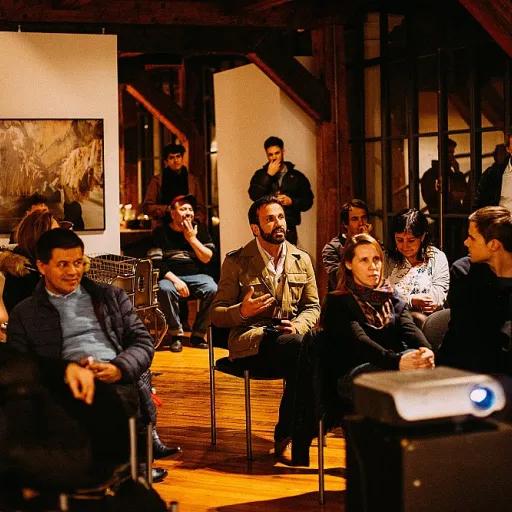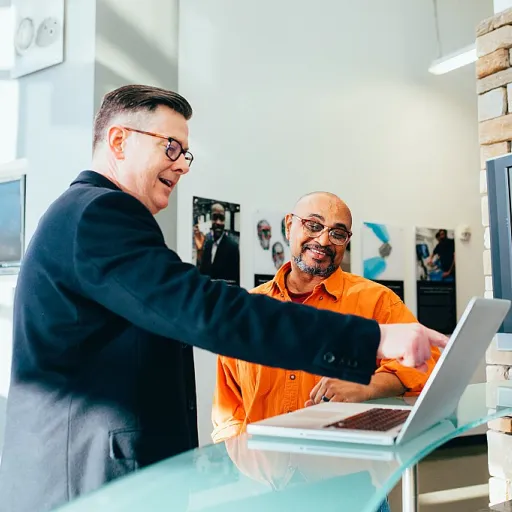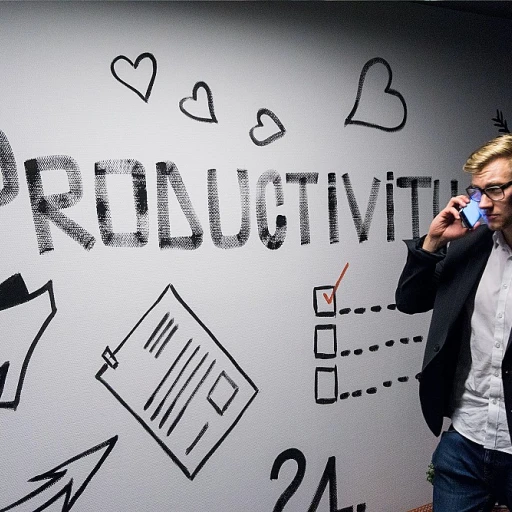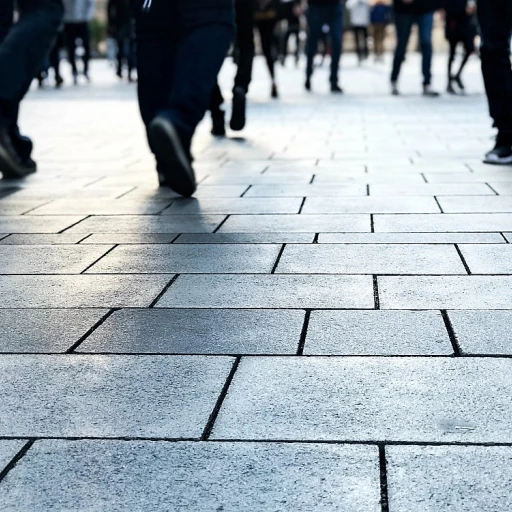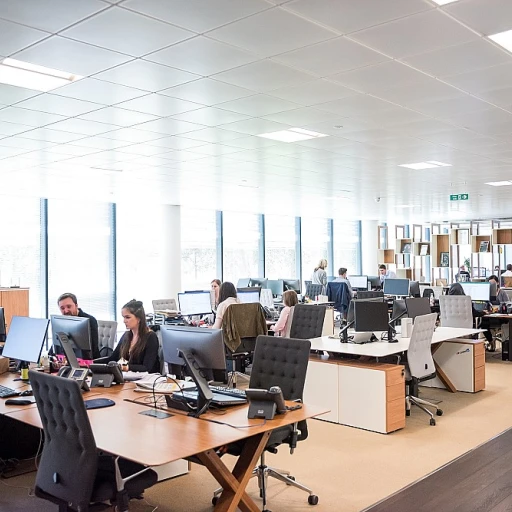
Understanding the Need for Office Refurbishment
Evaluating the Driving Factors Behind Office Refurbishments
The modern office landscape is continually evolving, pushing businesses to reevaluate their office environment. As companies grow and teams expand, there is an increased need for office refurbishment to accommodate these shifts. The primary reasons for embarking on office refurbishment projects can be attributed to the desire to enhance employee productivity, improve workflows, and align the physical workspace with company goals.
In India's dynamic business ecosystem, office design isn't just about aesthetics. It reflects a company’s values and culture. The refurbishment process is integral for businesses that seek to remain competitive by offering a creative and functional work environment to their employees. Prioritizing the modernization of office space through refurbishment services helps in minimizing disruptions and supports the evolving nature of work life.
Moreover, with the rapid pace of technological advancements, integrating modern technology in workspaces is pivotal. Businesses that recognize this need and invest in the right office interior and design build strategies are better positioned to attract and retain top talent.
For those uncertain about diving into a refurbishment project, exploring office spaces for rent could be a viable option to gain insights into contemporary design and layout trends.
Key Considerations for a Successful Office Makeover
Strategizing for Optimal Results
Embarking on an office refurbishment project requires a well-thought-out strategy to ensure effectiveness and efficiency. The key to a successful makeover lies in understanding the nuances of your business needs and aligning them with workspace transformations.
To begin, identifying the core purpose of the refurbishment is crucial. This aligns with enhancing the overall functionality of the office space. Whether it is to boost employee morale, accommodate a growing team, or simply refresh the environment, the goals should be clear and communicated to everyone involved.
The Role of Design and Space Planning
Design plays a pivotal role in any office overhaul. Engaging with a team that offers specialized design build services ensures that the refurbishment not only meets aesthetic standards but also enhances productivity and collaboration. Effective space planning is essential to maximize the available office interior, allowing fluidity in movement and interaction among employees.
Minimizing Disruption
The refurbishment process can pose disruptions to the daily business operations. Therefore, minimal disruption should be a priority in the planning stages. It involves scheduling work outside of regular hours, utilizing temporary partitions, and communicating openly with staff about timelines and changes.
Inclusive Approach and Engagement
Taking an inclusive approach by involving employees’ views and feedback during the refurbishment can significantly impact the project’s success. Understanding their working styles and preferences can help the design team tailor the space to fit the company culture and needs.
These considerations form the cornerstone of every thriving refurbishment project, facilitating a seamless transformation of the workplace that stands the test of time.
Balancing Tradition and Modernity in Indian Offices
Finding Harmony Between Tradition and Modernity
In the dynamic landscape of Indian offices, balancing tradition and modernity is crucial when embarking on an office refurbishment. The challenge lies in creating a workspace that respects cultural heritage while embracing contemporary design elements. This balance not only enhances the aesthetic appeal but also boosts employee morale and productivity.
Indian businesses often find themselves at a crossroads, where traditional values meet modern demands. The refurbishment process should reflect this duality, ensuring that the office space is both functional and culturally resonant. Here are some key considerations:
- Space Planning: Efficient space planning is essential to accommodate both traditional and modern elements. This involves strategic placement of workstations, meeting rooms, and common areas to foster collaboration and respect privacy.
- Design Build Approach: A design build approach can help in seamlessly integrating traditional motifs with modern aesthetics. This approach minimizes disruption and ensures that the refurbishment project aligns with the business's vision.
- Employee Involvement: Engaging employees in the design process can provide valuable insights into their preferences, ensuring that the new office interior meets their needs and enhances their working experience.
By blending tradition with modernity, Indian offices can create a workspace that is not only visually appealing but also conducive to productivity and innovation. This approach ensures that the refurbishment office is ready to transform into a vibrant and efficient workplace.
Sustainability in Office Refurbishment
Incorporating Green Initiatives in Office Revamps
Sustainability isn't just a buzzword in today’s corporate world—it's a fundamental requirement. The growing emphasis on eco-friendly measures has made sustainability a core element of any refurbishment project.- Eco-Friendly Materials: One of the simplest ways to initiate a sustainable office refurbishment is by using eco-friendly materials. This not only helps in reducing the carbon footprint but also enhances the workspace vibe. Bamboo flooring, recycled wood, and non-toxic paint are some options that can make a significant difference.
- Energy Efficiency: Upgrading to LED lighting, energy-efficient HVAC systems, and smart control panels can considerably cut down energy consumption. This approach not only conserves energy but also lowers operational costs. In the long run, these upgrades can aid businesses to save massively on their utility bills.
- Waste Management: Implementing a recycling program and managing waste efficiently can lead to minimal disruption during the refurbishment process. This not only benefits the environment but also aligns with sustainable office design practices.
- Indoor Air Quality: Improving indoor air quality can increase employee wellness and productivity. Incorporating air-purifying plants and efficient ventilation systems can drastically enhance the working environment.
- Flexible Spaces: Designing flexible workspaces that can adapt to future needs encourages sustainability. Modular furniture, which can be reconfigured or reused, is an excellent fit for such an approach, ensuring the office space remains dynamic.
Technology Integration in Refurbished Offices
Seamless Technology Integration for a Modern Workspace
In today's rapidly evolving business landscape, the integration of technology into office refurbishment projects is no longer an option but a necessity. Effectively incorporating technology into the office design not only enhances business efficiency but also improves the overall working environment. Modern offices are increasingly adopting smart solutions, encompassing everything from advanced telecommunications infrastructure to automated lighting systems. To ensure minimal disruption during the refurbishment process, it's crucial for the refurbishment team to have a detailed plan that takes into account the specific technological needs of the workspace. A seamless technology integration requires a collaborative approach with stakeholders involved at every stage of the process. By engaging a dedicated team that understands the unique demands of your business, you can ensure that the office space is equipped with the necessary technological advancements that suit your office interior and design goals. Moreover, with remote working becoming a staple in the modern business environment, offices need to reflect hybrid work models. This involves setting up spaces that support both virtual and physical working environments, thereby creating a balance that many businesses are opting for. Services offered as part of this office refurbishment will ensure that the workspace is technologically ready to tackle the new-age working demands. The project not only focuses on implementing new technology but also on ensuring it fits within the traditional office space architecture, without causing disruption. By utilizing innovative solutions, your workplace can effortlessly transition into the future, ready to support employee productivity and business growth. Aligning technological upgrades with space planning and office fit-outs within your refurbishment project can truly transform the workplace experience, fostering greater collaboration and efficiency across the board.Case Studies: Successful Office Transformations in India
Transformative Office Makeovers in the Indian Context
Indian companies are increasingly recognizing the importance of modernizing their office spaces to boost employee morale and efficiency. To give you a clearer picture of these transformations, let's delve into some notable examples of office refurbishment projects in India.- Conserving Heritage While Embracing Modernity: Offices located in heritage buildings often face the challenge of blending traditional elements with modern office design concepts. One successful refurbishment managed to maintain the classic architecture while incorporating contemporary office interiors, thus creating a space that respects history but is ready to meet the current business needs.
- Sustainable Office Spaces: A leading IT company embarked on a refurbishment project with sustainability at its core. By integrating solar panels, energy-efficient lighting, and recycled materials into the design, they managed not only to enhance the workspace but also to significantly reduce their environmental footprint.
- High-Tech Work Environments: In the digital age, an office fit for modern demands plays a crucial role in employee satisfaction. One innovative project involved outfitting the office with advanced smart technology solutions, allowing for remote control of lighting, temperature, and even booking of workspace, thus optimizing the work process without causing any disruption to daily activities.
- Minimal Disruption During the Transformation: A financial services office went through a major transformation with minimal disruption to the workflow. Thanks to strategic space planning, the team will able to conduct the refurbishment in stages, ensuring business continuity. The office space was redesigned to facilitate collaboration, embodying an open and airy environment conducive to both productivity and teamwork.




